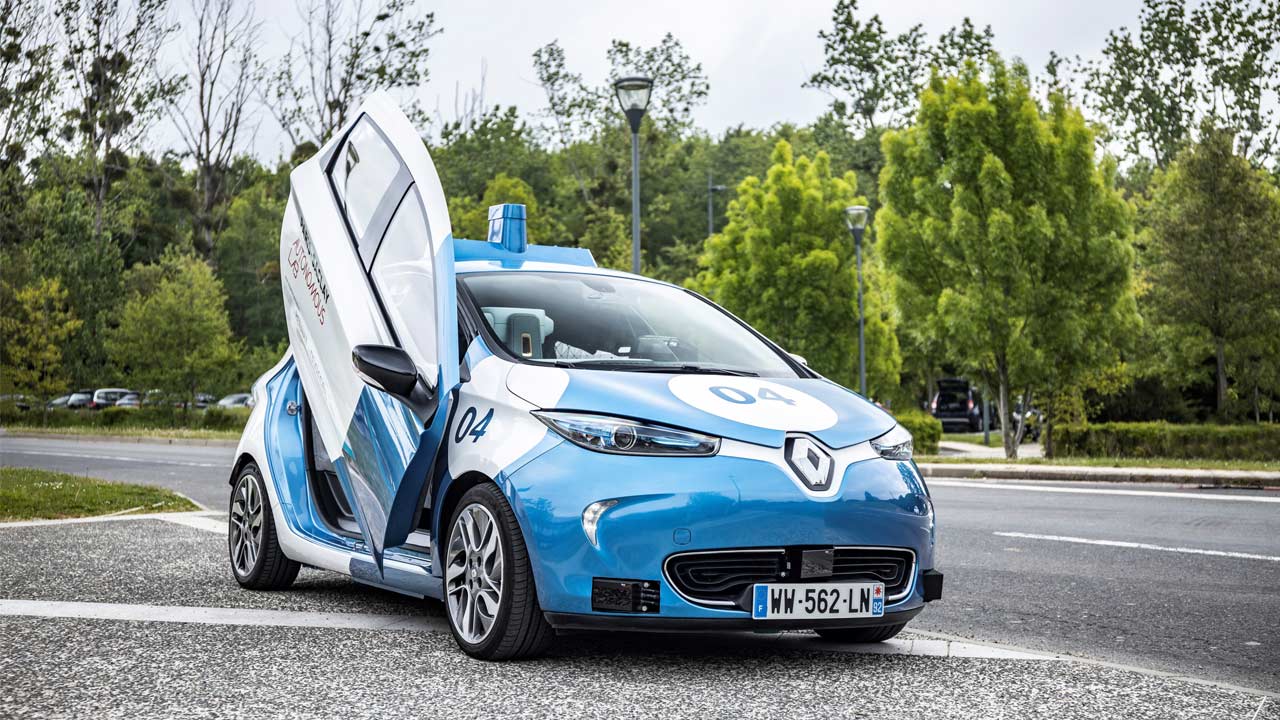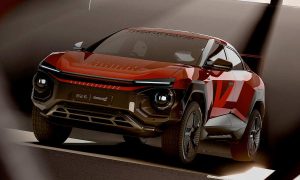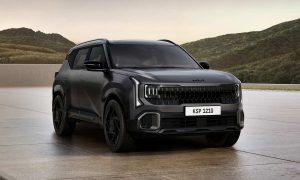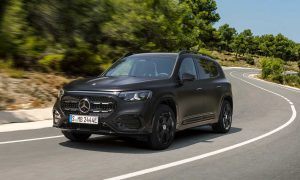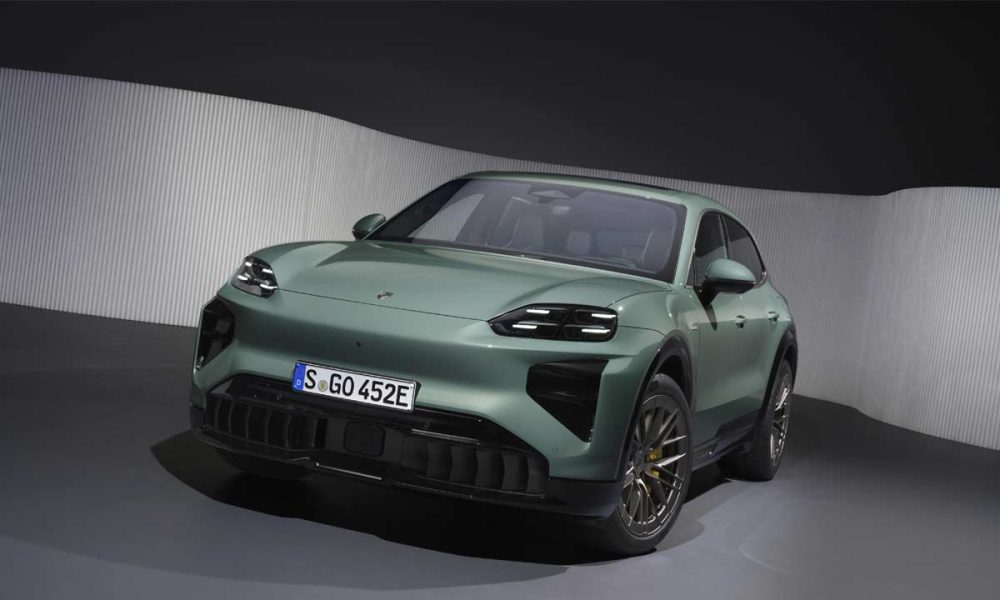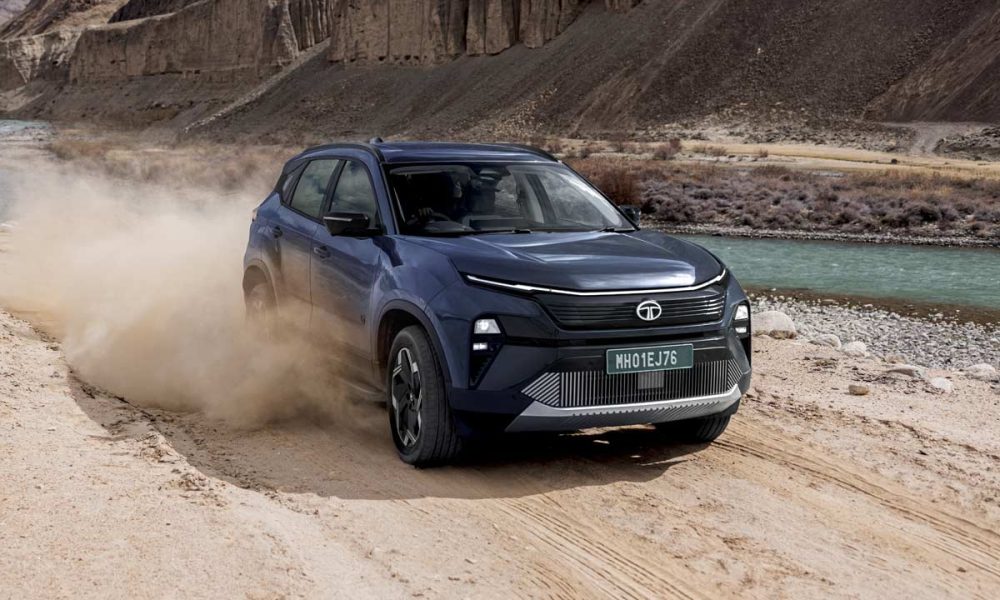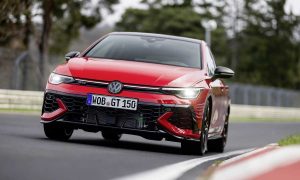The cold hard fact that a big percentage of people might not own (outright) a car in the future, at least in certain parts of the world, is probably forcing the automakers to venture into subscription services and shared mobility business.
While there is still plenty of time for the autonomous vehicles to be permitted to ply on the public roads, Renault wants to experiment with the service at the University of Paris-Saclay. The Paris-Saclay Autonomous Lab project is supported by the French government too and is part of France’s national autonomous vehicle development strategy. The project is also in association with Transdev and Lohr.
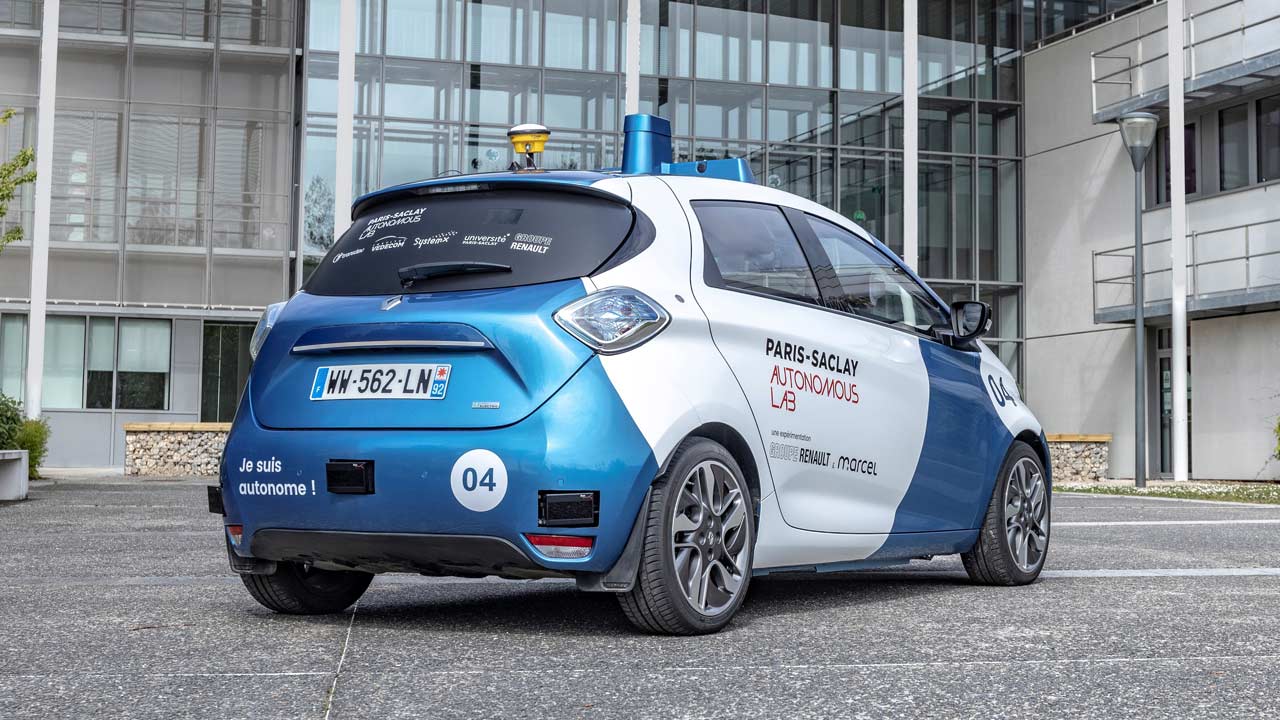 Renault ZOE cab
Renault ZOE cab
One of the EVs that is being used inside the campus is the ZOE cab that people can use to move around the site. The user hails the cab using a dedicated Marcel smartphone app and the ZOE Cab comes to pick up the user at the nearest pick-up point. If required, the vehicle stops on the way to pick up another passenger traveling the same route.
 Marcel app
Marcel app
The project’s goal is also to supplement existing transportation systems. An autonomous Transdev-Lohr i-Cristal shuttle will serve the Saclay Plateau neighborhoods from the Massy station. The service will be provided outside the normal operating hours of the regular transportation systems and will use the existing dedicated bus lane.
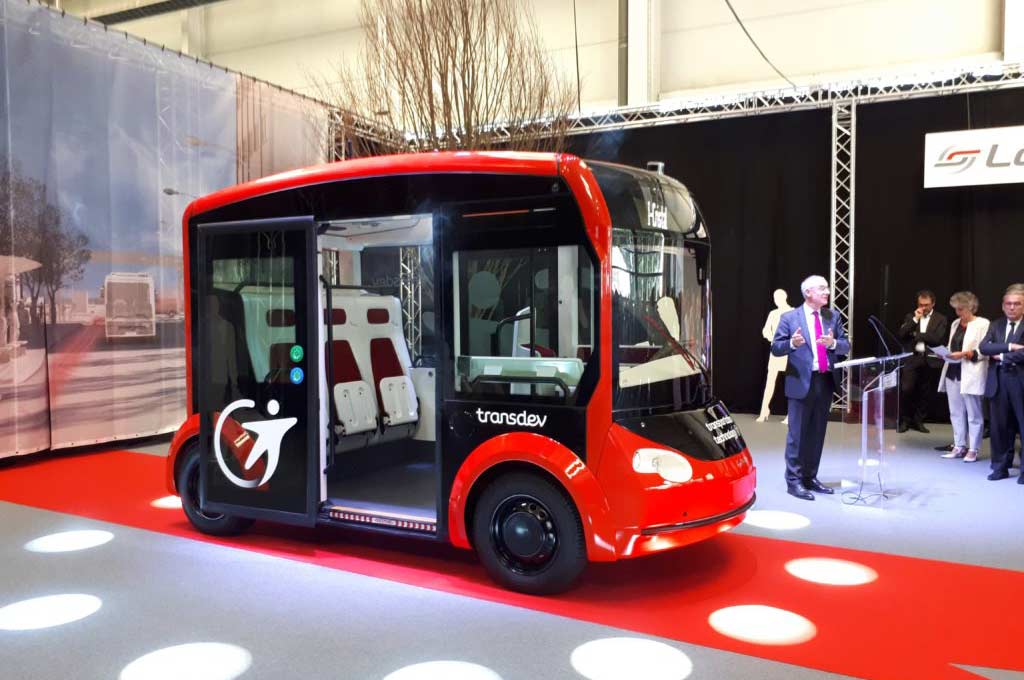 Transdev-Lohr i-Cristal
Transdev-Lohr i-Cristal
Between half past midnight and 3:00 a.m., an i-Cristal shuttle will serve four stops (Massy Palaiseau, Palaiseau Ville, La Vallée, Camille Claudel), covering a total distance of nearly 6 km in both directions and providing users with transportation between the Massy station and the Saclay Plateau to supplement the existing train, regional express, coach and bus services.
Unveiled in 2018, the i-Cristal can carry a maximum of 16 passengers. It is fitted with a fast-charging system that allows for a half-charge in 30 minutes and full-charge in 90 minutes. The shuttle can cruise at a maximum speed of 50 km/h.
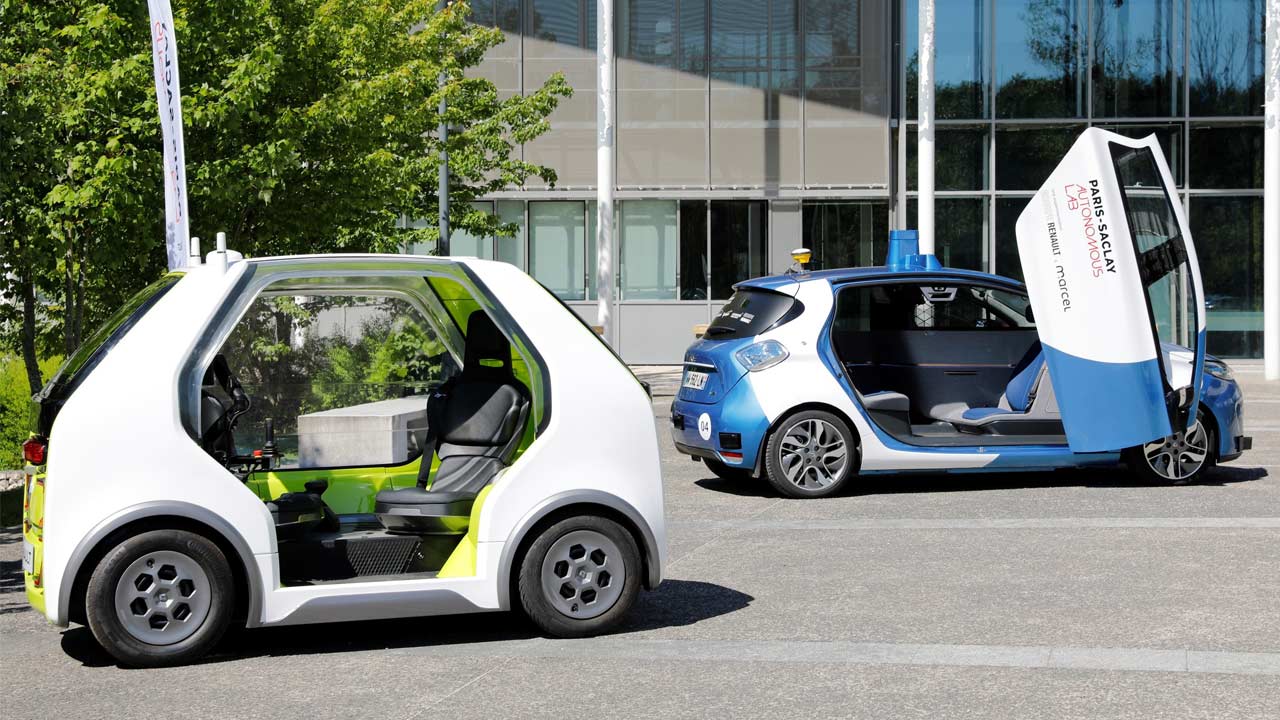 EZ-POD with ZOE cab
EZ-POD with ZOE cab
Connected Infrastructure
The goal of the Paris-Saclay Autonomous Lab project is also to test the connected urban infrastructure consisting of connected traffic lights, sensors and roadside connectivity equipment (primarily thermal cameras and lidar devices located at 25 strategic points). The infrastructure provides vehicles and the monitoring system with an augmented vision to handle unforeseen events. The communicating traffic lights enable the vehicle to adapt its approach speed to traffic light status. More on that topic here.
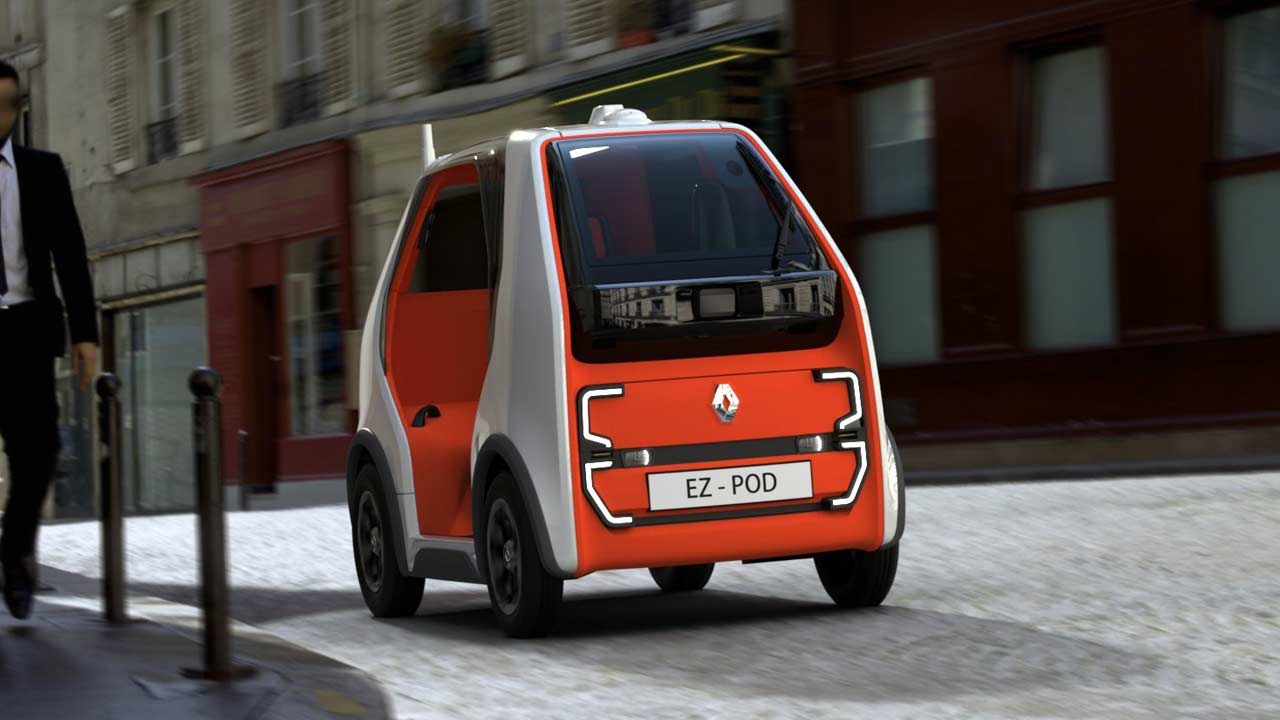
As for the EZ-POD, the Twizy based autonomous EV is intended to transport people and goods over short distances. The micro-mobility solution is fitted with one camera and one Lidar on the front to scan the scene ahead, plus short and long-range radars located behind the car’s glossy black front and rear trim. Finally, there are two antennas and a GPS in the roof, for real-time position tracking and connectivity.

Its plain interiors are apparently designed to be durable and easy to clean as it is a shared vehicle. Passengers are greeted by two screens that provide information about the journey and the interior lighting system plays “welcome” and “goodbye” ambiances.
Source: Renault, Transdev

Leave a Reply
Note: Comments that are unrelated to the post above get automatically filtered into the trash bin.
